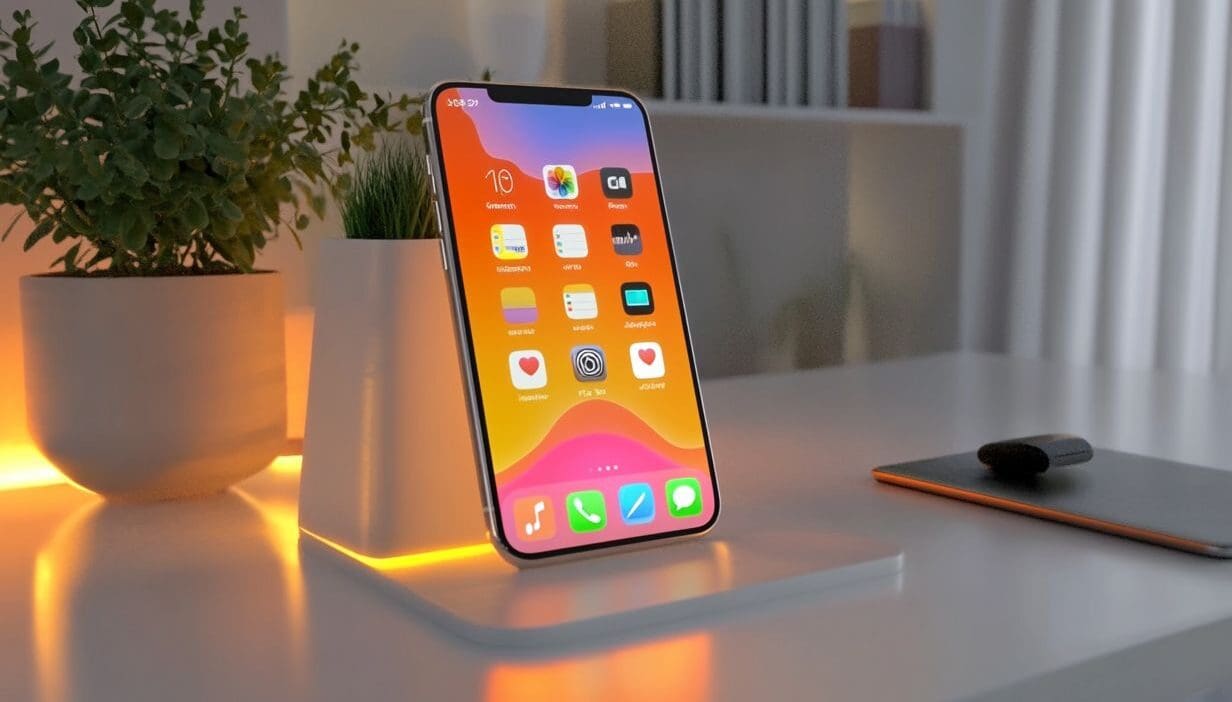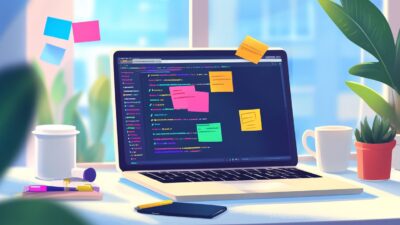In the current fast-paced digital environment, individuals often experience a sense of being overwhelmed by the continual influx of notifications, applications, and online distractions. Digital minimalism presents a compelling approach, advocating for the simplification of our digital lives with essential applications such as a web browser, text editor, media player, and FTP client, encouraging a focus on what genuinely matters. This article delves into the concept of digital minimalism, investigates the adverse effects of digital overload on mental health and productivity through the use of productivity tools like LibreOffice, Firefox, Thunderbird, Okular, and VLC, and emphasizes the advantages of adopting a minimalist mindset. Furthermore, practical tips will be provided for evaluating digital habits and developing a personalized detox plan. Readers will gain insights on how to reclaim their attention and enhance their well-being in a world that frequently appears excessively noisy.
Key Takeaways:
What is Digital Minimalism and Minimalism Approach?
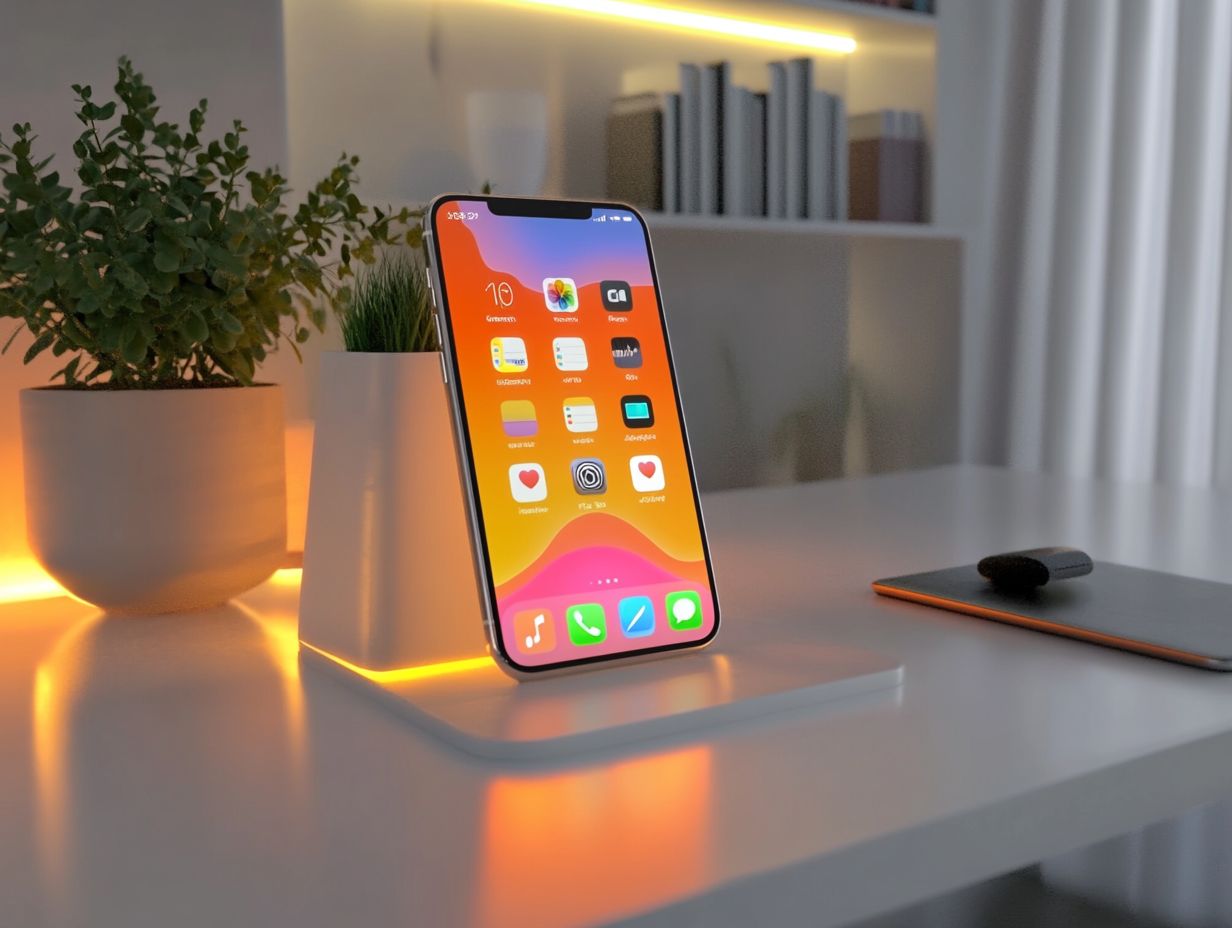
Digital minimalism is a philosophy that promotes a focused and intentional approach to technology use, highlighting the significance of decluttering one’s digital life using system utilities like a virtual desktop and file manager.
This approach enables individuals to prioritize essential applications that align with their specific needs, thereby reducing application bloat and excessive digital clutter.
By embracing minimalism, users can streamline their online content consumption using tools such as The GIMP and OpenSCAD, enhance productivity, and improve overall well-being through more conscious app usage. For a deeper understanding of this concept, Medium discusses digital minimalism as an essential mindset for the 21st century and how it can transform your digital habits.
Defining the Concept
Defining digital minimalism entails an understanding of its fundamental principles, which emphasize the reduction of digital clutter by using productivity applications and the prioritization of applications that fulfill meaningful user needs.
This approach encourages individuals to engage with technology intentionally, countering the pervasive influx of information and distractions that characterize modern digital life.
Historically influenced by thinkers such as Henry David Thoreau and contemporary proponents like Cal Newport, digital minimalism prompts a reassessment of how technology aligns with personal values, utilizing security risks management and interface design strategies.
By evaluating which applications genuinely enhance their lives, users can streamline their experiences, eliminate unproductive habits, and cultivate more effective routines.
This philosophy proves particularly beneficial for managing personal projects and optimizing application usage, facilitating a clearer focus and greater satisfaction in both professional and leisure activities.
The Effects of Digital Overload
Digital overload denotes the substantial volume of information and applications that individuals encounter in the digital era, which can result in considerable adverse effects on mental health and productivity.
Negative Impacts on Mental Health and Productivity Applications
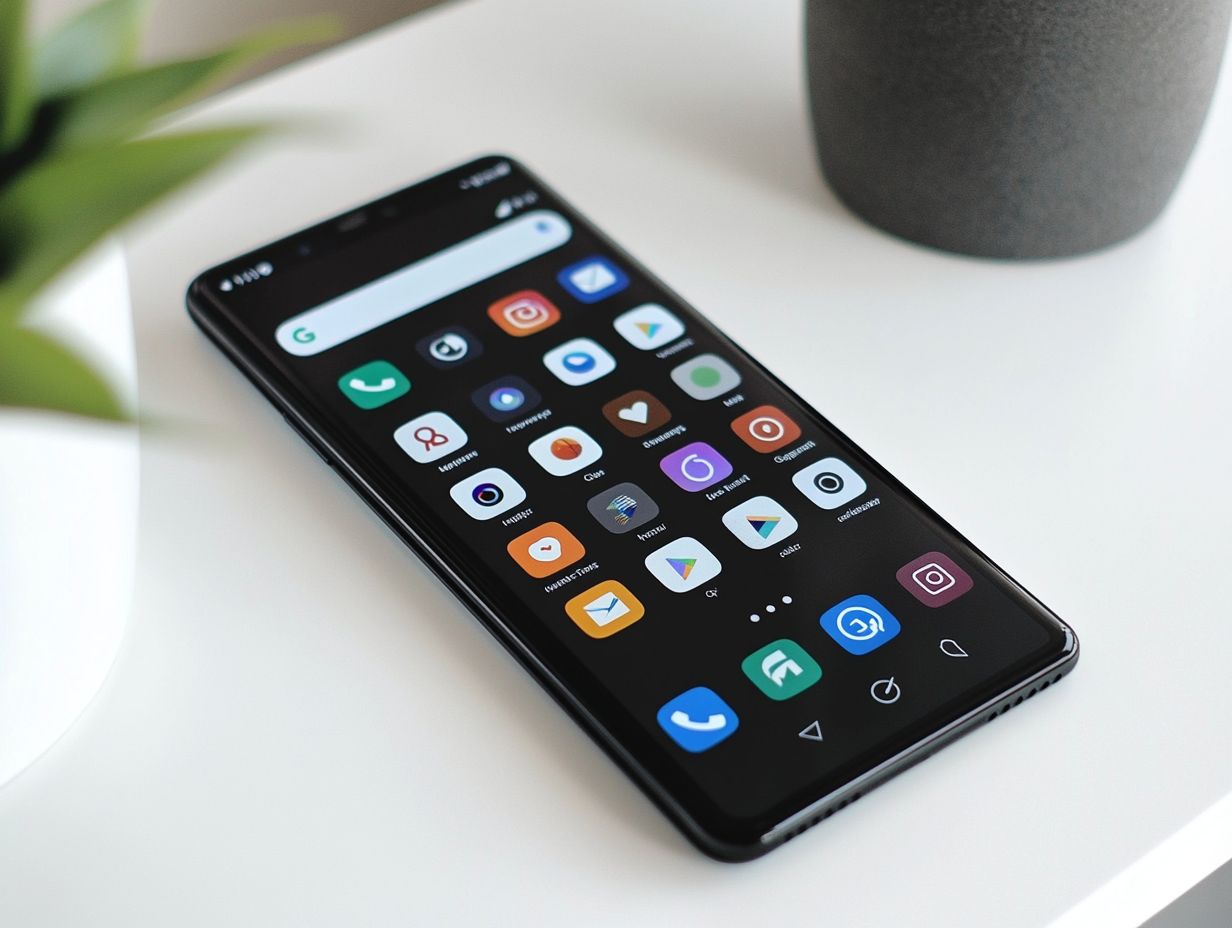
The adverse effects of digital overload on mental health are significant, manifesting as increased anxiety, reduced focus, and burnout, while productivity declines due to persistent distractions and application bloat.
These issues have been exacerbated in the contemporary digital environment, where individuals encounter a relentless influx of notifications from emails, social media platforms, and various applications.
Many individuals find themselves frequently switching between tasks, leading to what psychologists term ‘attention residue,’ which can impede their ability to concentrate effectively on any single project.
Research from Psychology Today indicates that excessive screen time, particularly in the hours preceding sleep, can disrupt sleep quality, thereby intensifying issues such as stress and irritability during waking hours, often exacerbated by application bloat (explored in their article on the psychological impact of digital overload).
This detrimental cycle of distraction and fatigue often results in decreased creativity and overall job performance, highlighting the urgent necessity for strategies that foster digital wellness and facilitate the maintenance of mental clarity in an ever-connected world.
Benefits of Digital Minimalism
Embracing digital minimalism presents a variety of advantages, including improved focus, enhanced well-being, and a more streamlined approach to productivity and essential applications such as an IRC client and email client. For those looking to dive deeper into the principles of digital minimalism, Work Life by Atlassian offers a comprehensive guide on how this lifestyle can boost productivity and focus.
Improved Focus and Well-Being
Digital minimalism enhances focus and well-being by eliminating distractions and promoting the use of productivity tools like a terminal and graphical file management that align with individual goals.
By prioritizing essential applications and decluttering digital environments, individuals can create an atmosphere conducive to deep work and creativity. This intentional curation of tools fosters a heightened sense of clarity, allowing individuals to direct their energy more effectively toward meaningful tasks.
By consciously eliminating unnecessary notifications and minimizing screen time, individuals can cultivate a lifestyle that aligns with their values, ultimately supporting their mental and emotional health.
Embracing minimalism in the digital realm can lead to a significant transformation, encouraging the pursuit of objectives with greater mindfulness and purpose.
How to Start Practicing Digital Minimalism

To begin practicing digital minimalism, individuals may adopt practical tips and strategies focused on app decluttering and efficient smartphone organization through digital tools such as Devuan and Kubuntu.
Practical Tips and Strategies
Implementing effective tips and strategies for digital minimalism necessitates a thorough assessment of current app usage and a prioritization of productivity tools such as digital tools for audio managing and database managing that serve essential functions.
To achieve this, it is advisable to begin by evaluating the applications currently installed on devices, categorizing them into essential and non-essential based on their contributions to daily tasks and overall well-being. Emphasis should be placed on retaining only those applications that enhance productivity and facilitate efficient time management.
Additionally, individuals may consider establishing specific usage limits for social media platforms to mitigate unnecessary distractions.
Furthermore, organizing applications into folders or employing a streamlined interface can significantly reduce mental clutter, thereby allowing for a clearer focus on tasks that are truly important.
Assessing Your Digital Habits
Assessing one’s digital habits is a critical step towards adopting digital minimalism, as it facilitates the identification of areas for improvement and enhances alignment with user needs through app customization and cloud applications.
Identifying Areas for Improvement
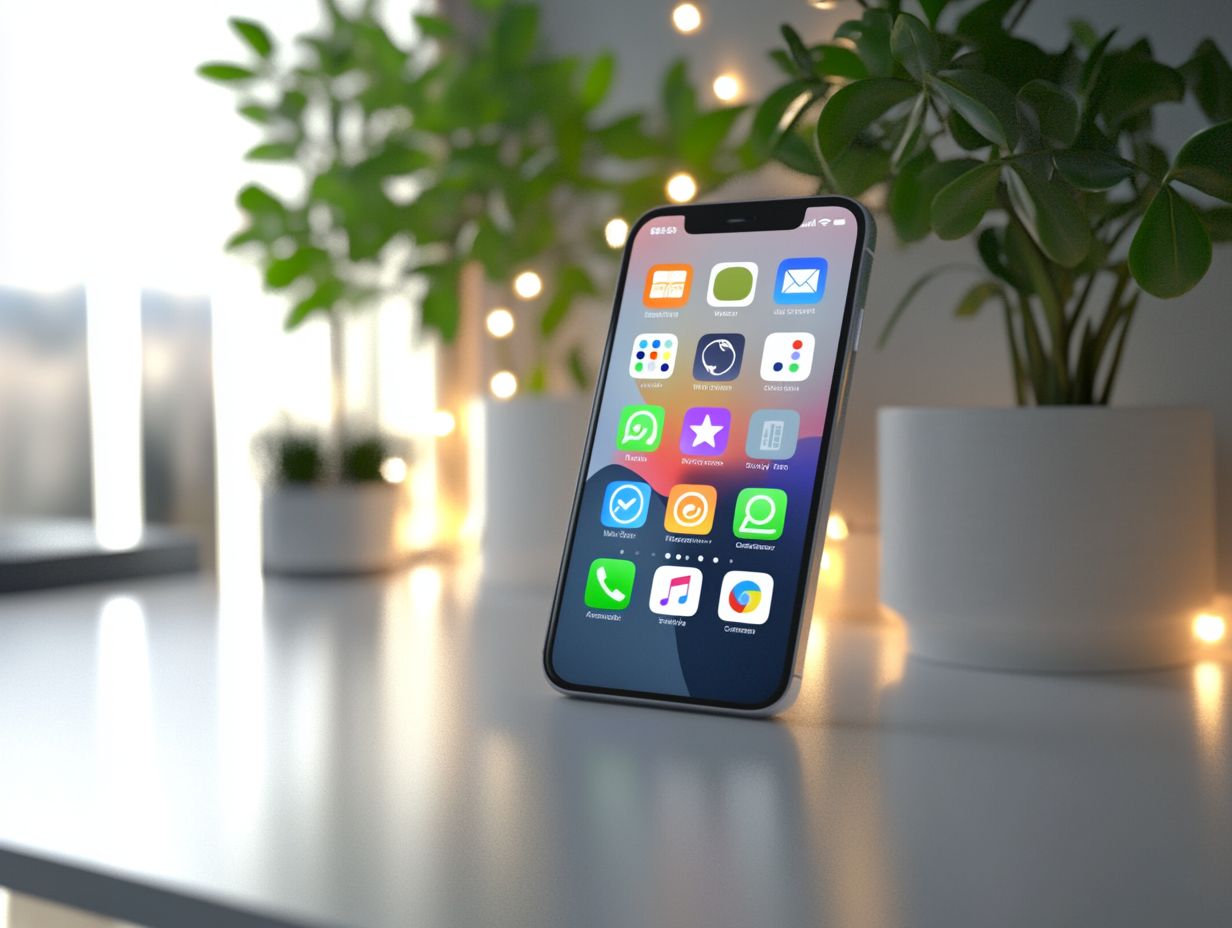
Identifying areas for improvement in digital habits can reveal excessive application bloat and highlight opportunities for effective app decluttering.
By closely examining the applications currently in use, individuals can identify redundancies or underutilized tools that contribute to device clutter. For example, if multiple note-taking applications are installed but only one is utilized regularly, it may be prudent to streamline these options to promote a more minimalistic approach.
Furthermore, analyzing screen time can uncover which applications demand the most attention, often detracting from productivity and mental well-being.
Implementing actionable strategies, such as setting weekly goals to eliminate or reduce the usage of specific applications, can significantly enhance focus and foster a cleaner digital environment.
Creating a Digital Detox Plan
Developing a digital detox plan necessitates the implementation of strategic measures aimed at minimizing digital clutter with tools such as SeaMonkey suite and reducing information overload.
This approach promotes an environment that enhances productivity and supports mental clarity.
Steps to Reduce Digital Clutter and Overload
To effectively reduce digital clutter and overload, individuals can implement a series of structured steps aimed at app decluttering and optimizing productivity tools.
This process commences with a comprehensive assessment of all applications and digital platforms currently in use. First, individuals should compile a list of every app on their devices and evaluate its necessity in their daily activities. It is essential to identify which tools genuinely contribute to their objectives and which ones merely serve as distractions.
Subsequently, individuals should consider establishing specific usage limits for their most time-consuming applications to maintain focus on essential tasks. Additionally, the decluttering process should extend to the organization of files and emails in a systematic manner, facilitating easier access and reducing stress.
Regular reviews of this setup are important to ensure that the digital environment remains aligned with one’s physical and mental well-being, utilizing virtual desktops and file management utilities, ultimately fostering a healthier relationship with technology.
